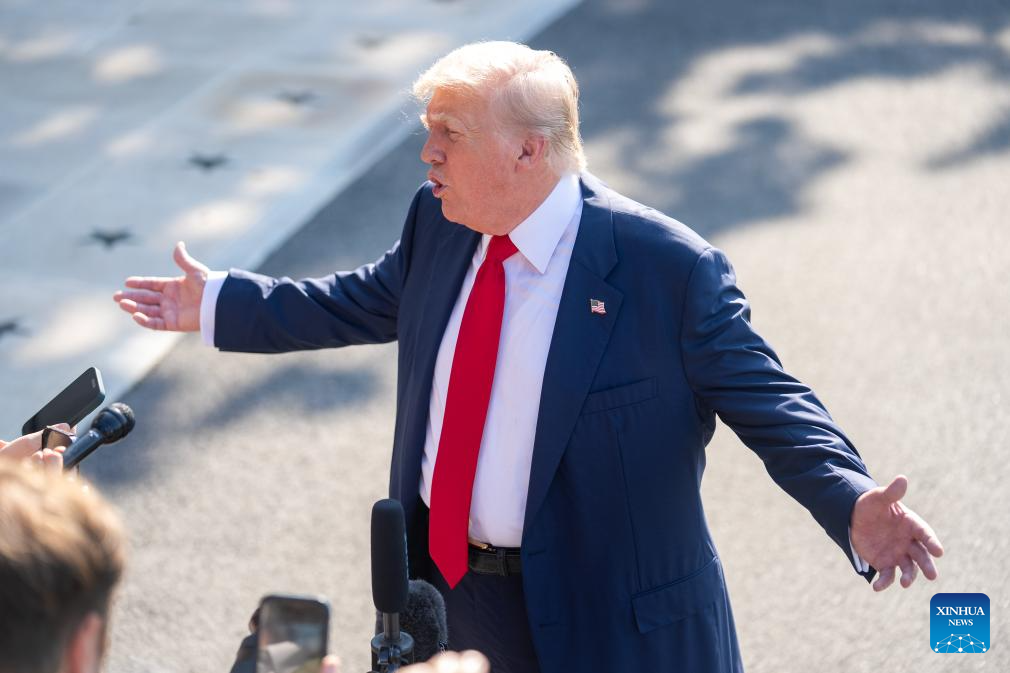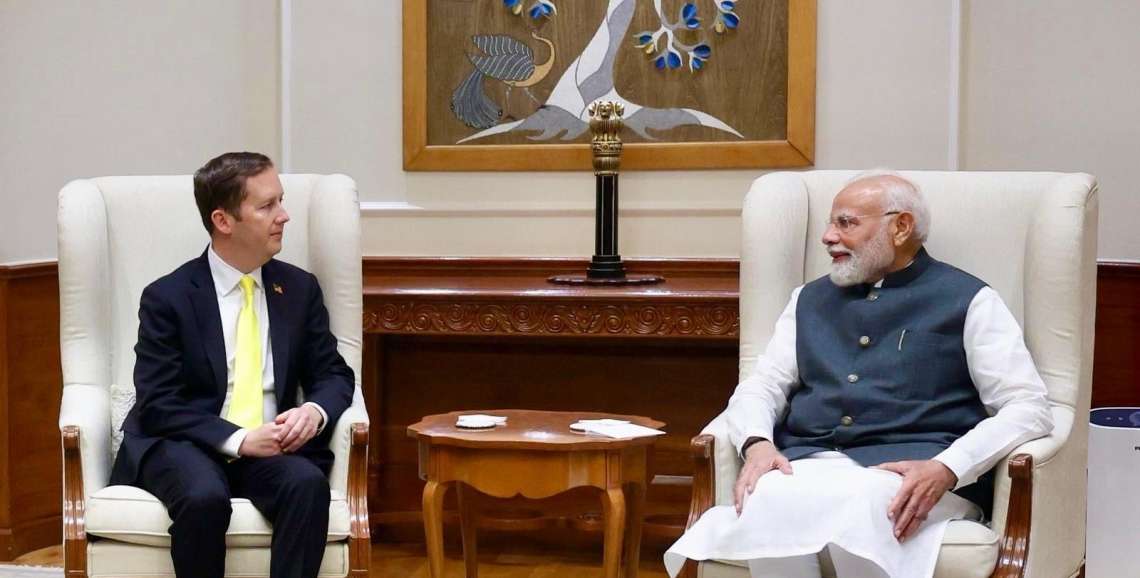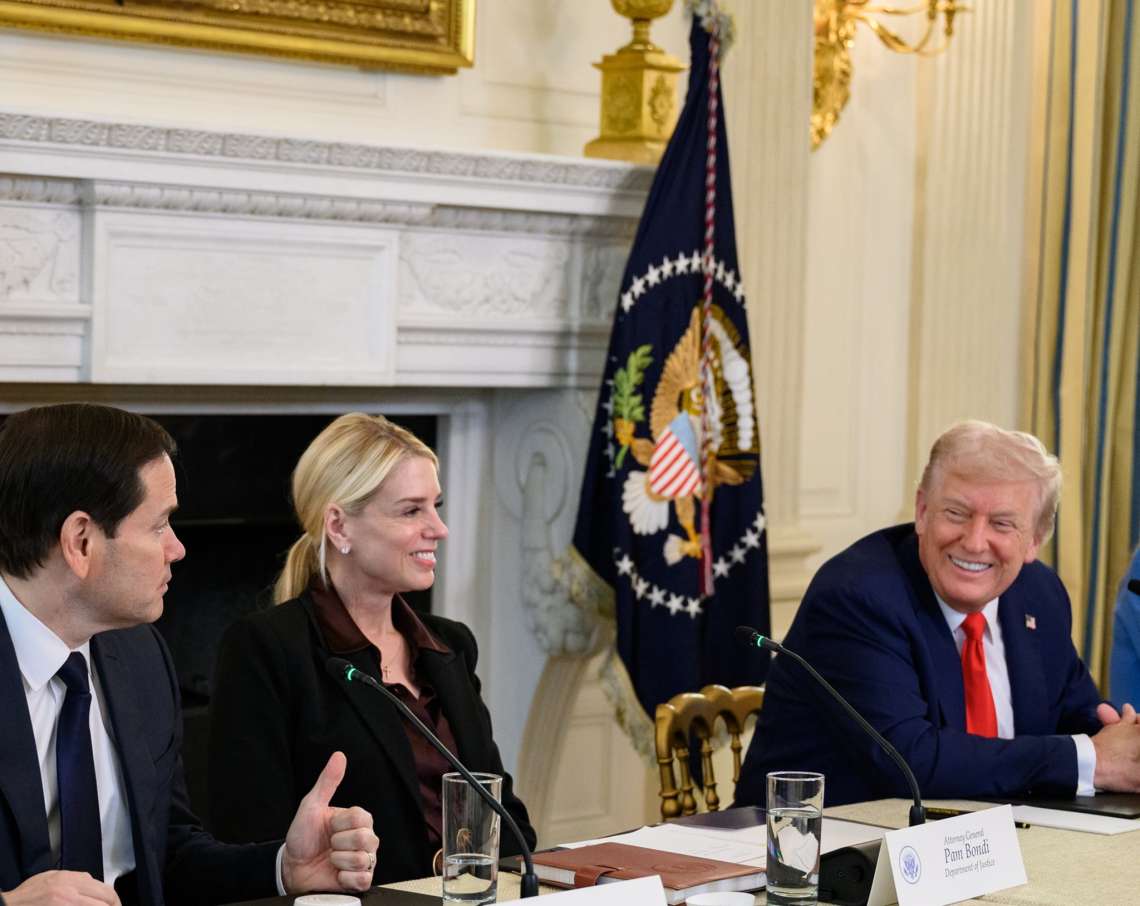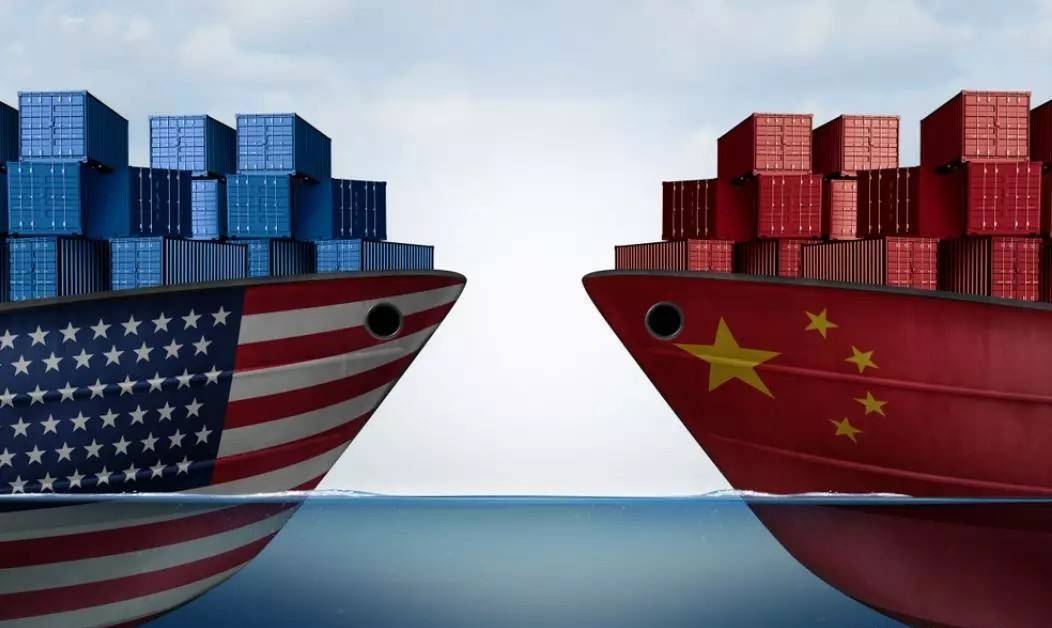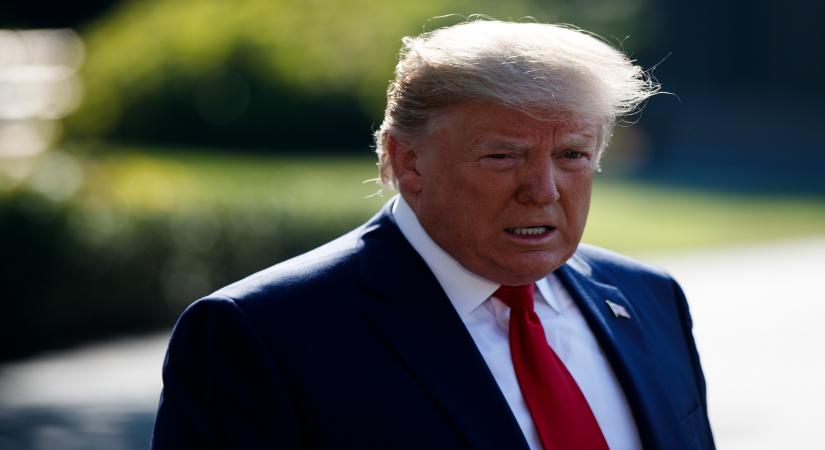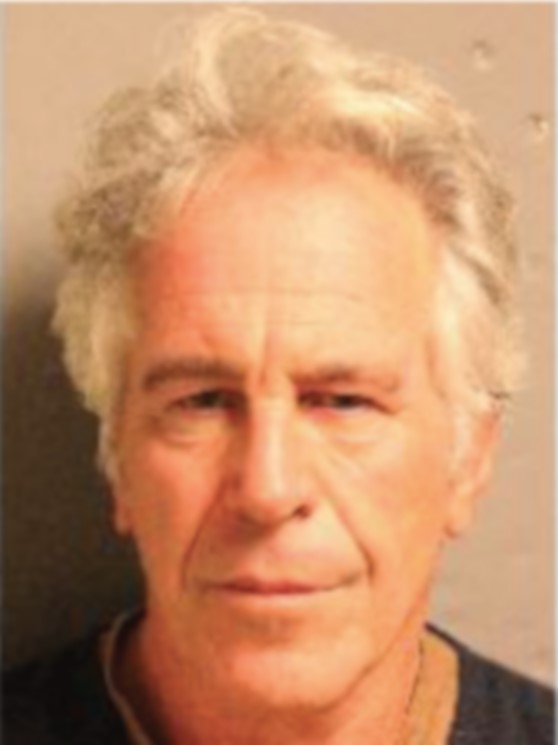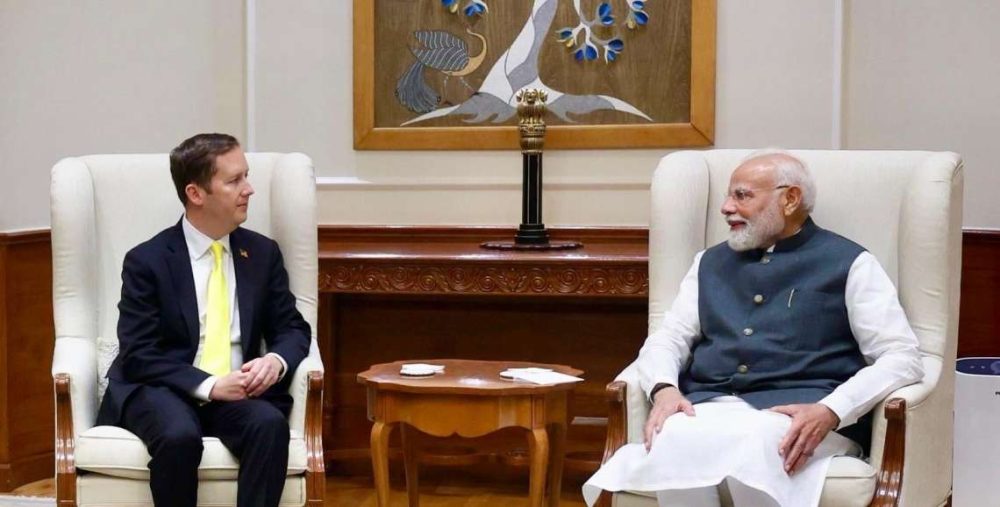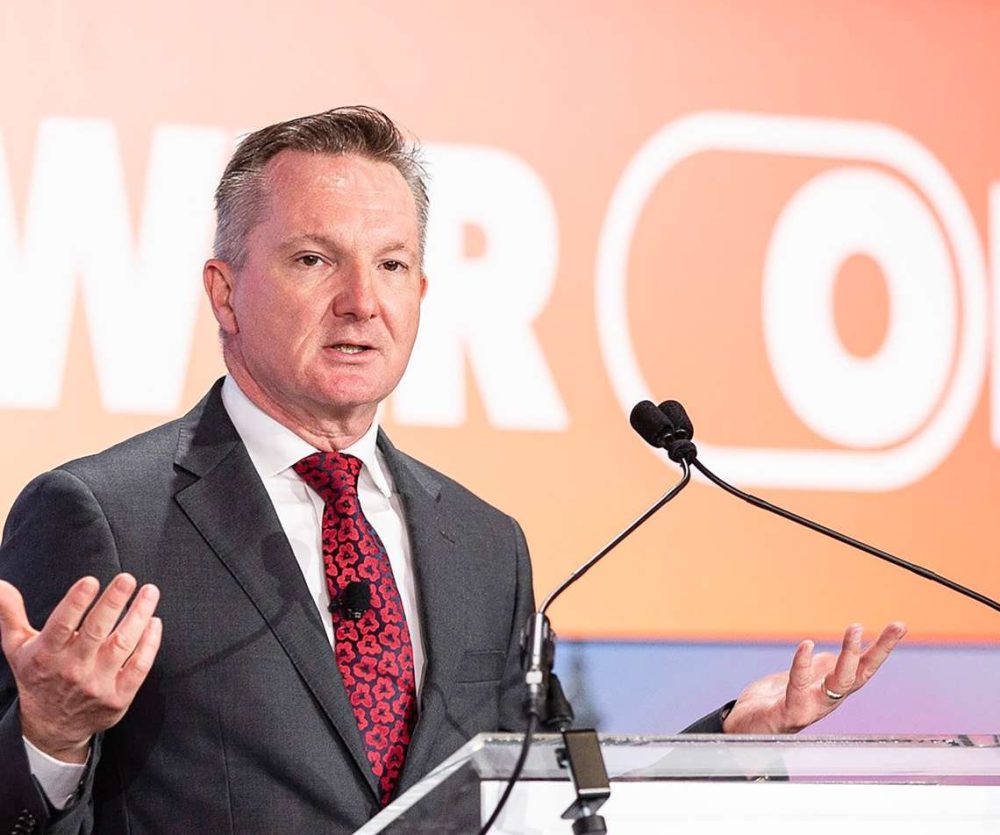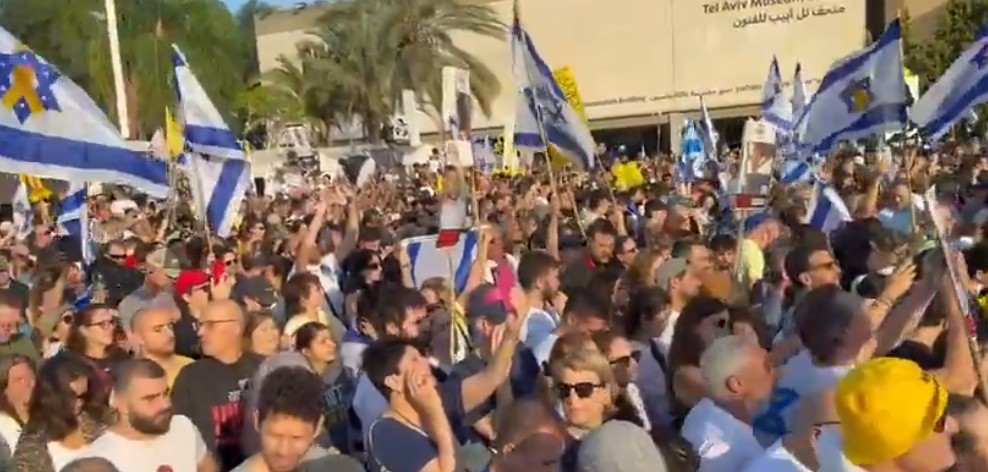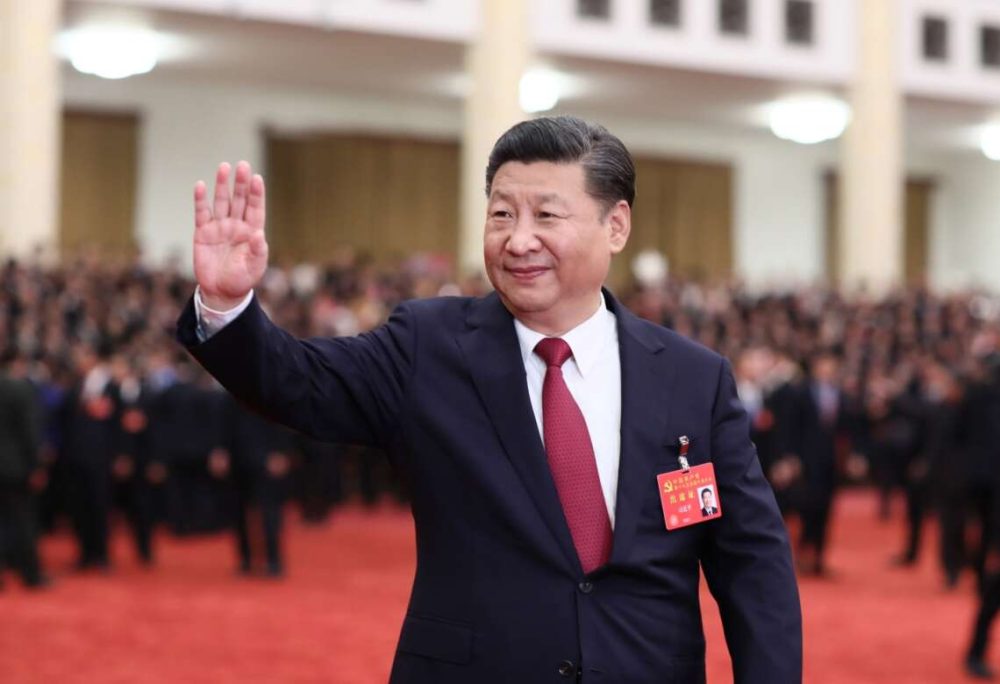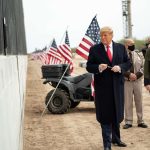But when Trump signed the order Thursday night imposing new tariffs on 68 countries and EU, the start date of the punishing import taxes was pushed back seven days …reports Asian Lite News
For weeks, President Donald Trump was promising the world economy would change on Friday with his new tariffs in place. It was an ironclad deadline, administration officials assured the public.
But when Trump signed the order Thursday night imposing new tariffs on 68 countries and the European Union, the start date of the punishing import taxes was pushed back seven days so that the tariff schedule could be updated. The change — while potentially welcome news to countries that had not yet reached a deal with the U.S. — injected a new dose of uncertainty for consumers and businesses still wondering what’s going to happen and when.
Trump has promised that his tax hikes on the nearly $3 trillion in goods imported to the United States will usher in newfound wealth, launch a cavalcade of new factory jobs, reduce the budget deficits and, simply, get other countries to treat America with more respect.
The vast tariffs risk jeopardizing America’s global standing as allies feel forced into unfriendly deals. As taxes on the raw materials used by U.S. factories and basic goods, the tariffs also threaten to create new inflationary pressures and hamper economic growth — concerns the Trump White House has dismissed.
As the clock ticked toward Trump’s self-imposed deadline, few things seemed to be settled other than the president’s determination to levy the taxes he has talked about for decades. The very legality of the tariffs remains an open question as a U.S. appeals court on Thursday heard arguments on whether Trump had exceeded his authority by declaring an “emergency” under a 1977 law to charge the tariffs, allowing him to avoid congressional approval.
Trump was ebullient as much of the world awaited what he would do. “Tariffs are making America GREAT & RICH Again,” he said Thursday morning on Truth Social.
Others saw a policy carelessly constructed by the U.S. president, one that could impose harms gradually over time that would erode America’s power and prosperity.
“The only things we’ll know for sure on Friday morning are that growth-sapping U.S. import taxes will be historically high and complex, and that, because these deals are so vague and unfinished, policy uncertainty will remain very elevated,” said Scott Lincicome, a vice president of economics at the Cato Institute. “The rest is very much TBD.”
Trump initially imposed the Friday deadline after his previous “Liberation Day” tariffs in April resulted in a stock market panic. His unusually high tariff rates unveiled then led to recession fears, prompting Trump to impose a 90-day negotiating period. When he was unable to create enough trade deals with other countries, he extended the timeline and sent out letters to world leaders that simply listed rates, prompting a slew of hasty agreements.
Swiss imports will now be taxed at a higher rate — 39% — than the 31% Trump threatened in April, while Liechtenstein saw its rate slashed from 37% to 15%. Countries not listed in the Thursday night order would be charged a baseline 10% tariff.
Trump negotiated trade frameworks over the past few weeks with the EU, Japan, South Korea, Indonesia and the Philippines — allowing the president to claim victories as other nations sought to limit his threat of charging even higher tariff rates. He said on Thursday there were agreements with other countries, but he declined to name them.
The EU was awaiting a written agreement on its 15% tariff deal. Switzerland and Norway were among the dozens of countries that did not know what their tariff rate would be, while Trump agreed after a Thursday morning phone call to keep Mexico’s tariffs at 25% for a 90-day negotiating period. The president separately on Thursday amended an order to raise Canada’s fentanyl-related tariffs to 35%.
Trump raises Canada tariff to 35%
Trump has signed an executive order raising tariffs on Canadian imports from 25% to 35%, as announced by the White House. As per the official statement, the decision has been taken in response to what the administration termed as Canada’s ‘’continued inaction and retaliatory measures’’ in the ongoing trade conflict.
The executive order increases tariffs on Canadian goods to 35% from 25% on all products not covered by the US-Mexico-Canada trade agreement, the White House said.
The increased tariff, which the White House said was the result of Canada’s “continued inaction and retaliation,” comes after Trump told reporters that Canadian Prime Minister Mark Carney reached out ahead of an August 1 tariff deadline, but no conversations between the two took place. Trump has warned that any country that does not strike a deal with the US before Friday will be subjected to higher tariffs imposed on goods.
“We haven’t spoken to Canada today. He’s (Carney) called and we’ll, we’ll see,” Trump told reporters during an event at the White House before the 35% rate was announced. Carney’s office did not immediately respond to a request for comment.


